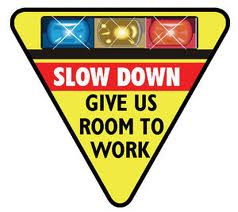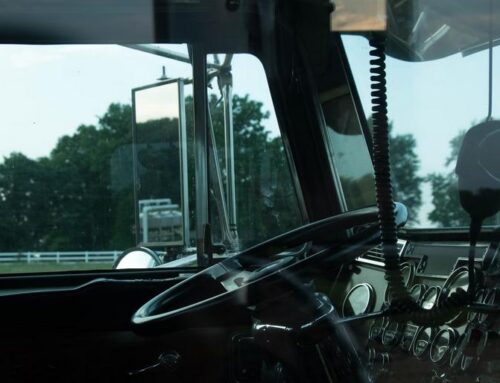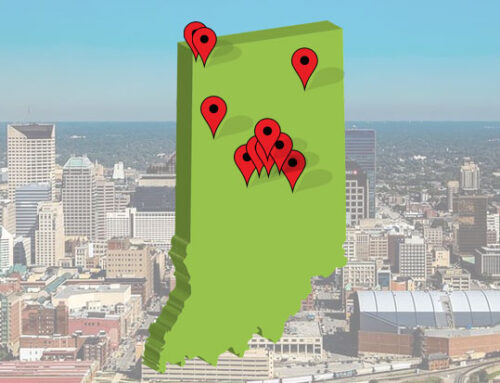By William Bill Hurst
Under IC 9-21-8 et seq, an emergency vehicle is not relieved from the duty to drive with due safety for all persons on the highway, nor from the duty to exercise due care to avoid colliding with a pedestrian.  However, the emergency vehicle does have priority rights on the roadway and requires appropriate care from motorists in the vicinity of the emergency vehicle to react to the presence of the emergency vehicle. In the even you do not appropriately react by moving your vehicle over in accordance with Indiana law you may be ticketed for “Failure to Yield to an Emergency Vehicle”. Yielding to emergency vehicles requires a full lane change to give the emergency vehicle room to operate, unless it is impossible or unsafe see Indiana Code Section 9-21-8-35.
However, the emergency vehicle does have priority rights on the roadway and requires appropriate care from motorists in the vicinity of the emergency vehicle to react to the presence of the emergency vehicle. In the even you do not appropriately react by moving your vehicle over in accordance with Indiana law you may be ticketed for “Failure to Yield to an Emergency Vehicle”. Yielding to emergency vehicles requires a full lane change to give the emergency vehicle room to operate, unless it is impossible or unsafe see Indiana Code Section 9-21-8-35.
One reason and perhaps the primary reason for this recent change of this law is as a result of police officers standing on the side of the road during a road side traffic stop, being involved in accidents, or near accidents.  The frequency of this event has increased over the past few years. As a matter of fact statistically a police officer will be more likely to be run-over or struck by a vehicle during a traffic stop than he is to be shot or stabbed according to current Indiana State Police statistics. As a result, and in recognition of this problem, Indiana has enacted a “Move Over” law that requires a motorist who sees a stopped emergency vehicle on the side of the road to (if they are on a four-lane road); switch lanes so they are not in the lane next to the stopped emergency vehicle. If the motorists cannot safely get into another lane, they are required to slow down and cautiously drive past the emergency vehicle. Emergency vehicles are defined as police cars, fire trucks, and ambulances, as well as recovery vehicles and highway maintenance vehicles. See, Indiana Code Section 9-21-8-35.
The frequency of this event has increased over the past few years. As a matter of fact statistically a police officer will be more likely to be run-over or struck by a vehicle during a traffic stop than he is to be shot or stabbed according to current Indiana State Police statistics. As a result, and in recognition of this problem, Indiana has enacted a “Move Over” law that requires a motorist who sees a stopped emergency vehicle on the side of the road to (if they are on a four-lane road); switch lanes so they are not in the lane next to the stopped emergency vehicle. If the motorists cannot safely get into another lane, they are required to slow down and cautiously drive past the emergency vehicle. Emergency vehicles are defined as police cars, fire trucks, and ambulances, as well as recovery vehicles and highway maintenance vehicles. See, Indiana Code Section 9-21-8-35.
These changes in the law were made in the last Indiana State Legislative session. The law originally required motorists to move over to a non-adjacent lane for stopped emergency vehicles, maintenance vehicles, and wreckers on multi-lane highways; and if that action could not be completed safely than motorists are required to slow their vehicles as they pass the emergency lights. Under the recent change Indiana motorists are now required to slow their speed down to at least “10 miles” per hour under the posted speed limit.
In addition the foregoing, Indiana law now requires a person involved in a car crash to move the vehicle out of the traveled portion of the roadway if possible. This new law has faced some criticism for the reason that some believe it is not wise for those involved in a motor vehicle accident to attempt to move their cars, and may end up endangering other drivers in the immediate area in the process.






